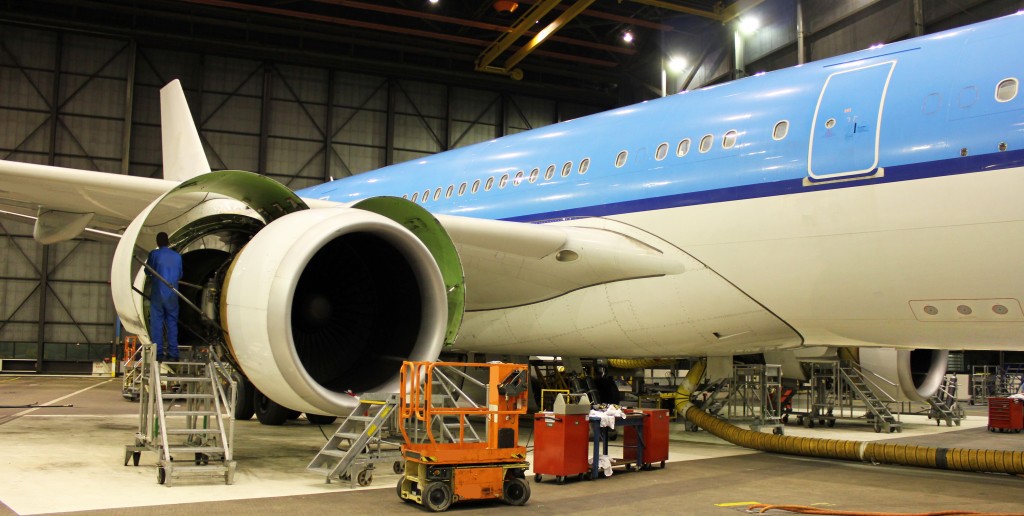Introduced in 1980 MSG 3 methodology provides for different types of Inspection related tasks used within the Maintenance Steering Group 3 Environment. MSG-3 Zonal Inspection Program (ZIP) is heavily reliant on the ability of the Inspector to understand the methodology associated with the inspection process.
The Inspector should further understand as part of the approval system (which provides inspection authorization), the need to ensure that the criteria by which the inspection is performed is fully understood.
Please note this may require an input from the organisation to provide training to understand relevant inspection criteria. This would typically form as an integral part of the competence management process.
Please consider the following MSG-3 inspection types:
Lubrication-Servicing (LU-SV)
A group of maintenance tasks that involve lubricating or servicing an item. These tasks are designed to maintain the safety and reliability of the aircraft.
Operational-Visual Check (OP-VC)
A visual check to observe an item and determine whether the item is fulfilling its intended purpose.
Inspection-Functional Check
A quantitative check to determine whether an item is performing within specified limits.
Specific Inspection Types
General Visual Inspection (GVI)
A visual examination of an interior or exterior area, installation or assembly to detect obvious damage, failure or irregularity. This level of inspection is made from within touching distance unless otherwise specified. A mirror may be necessary to enhance visual access to all exposed surfaces in the inspection area. This level of inspection is made under normally available lighting conditions such as daylight, hangar lighting, flashlight or droplight and may require removal or opening of access panels or doors. Stands, ladders or platforms may be required to gain proximity to the area being checked.
Detailed Inspection (DET)
An intensive examination of a specific item, installation or assembly to detect damage, failure or irregularity. Available lighting is normally supplemented with a direct source of good lighting at an intensity deemed appropriate. Inspection aids such as mirrors, magnifying lenses or other means may be necessary. Surface cleaning and elaborate access procedures may be required.
Special Detailed Inspection (SDI)
An intensive examination of an installation, assembly or specific item to detect damage, failure or irregularity that is not evident through visual and/or tactile means.
This level of inspection requires the use of specialized techniques and/or equipment (eddy-current, radiography, ultrasonic, dye penetrant, etc.).
A Stand-alone General Visual Inspection (GVI)
A GVI which is not performed as part of a zonal inspection. Even in cases where the interval coincides with the zonal inspection, the stand-alone GVI shall remain an independent step within the work card system.
The Stand Alone GVI becomes an essential element of the EWIS Inspection process for aircraft which are not managed in accordance with the requirements of MSG3.
Sofema Aviation Services offers training and consultancy for EASA compliant aviation as well as vocational training including Aviation English vocational training. For details please see www.sassofia.com or email: office@sassofia.com




